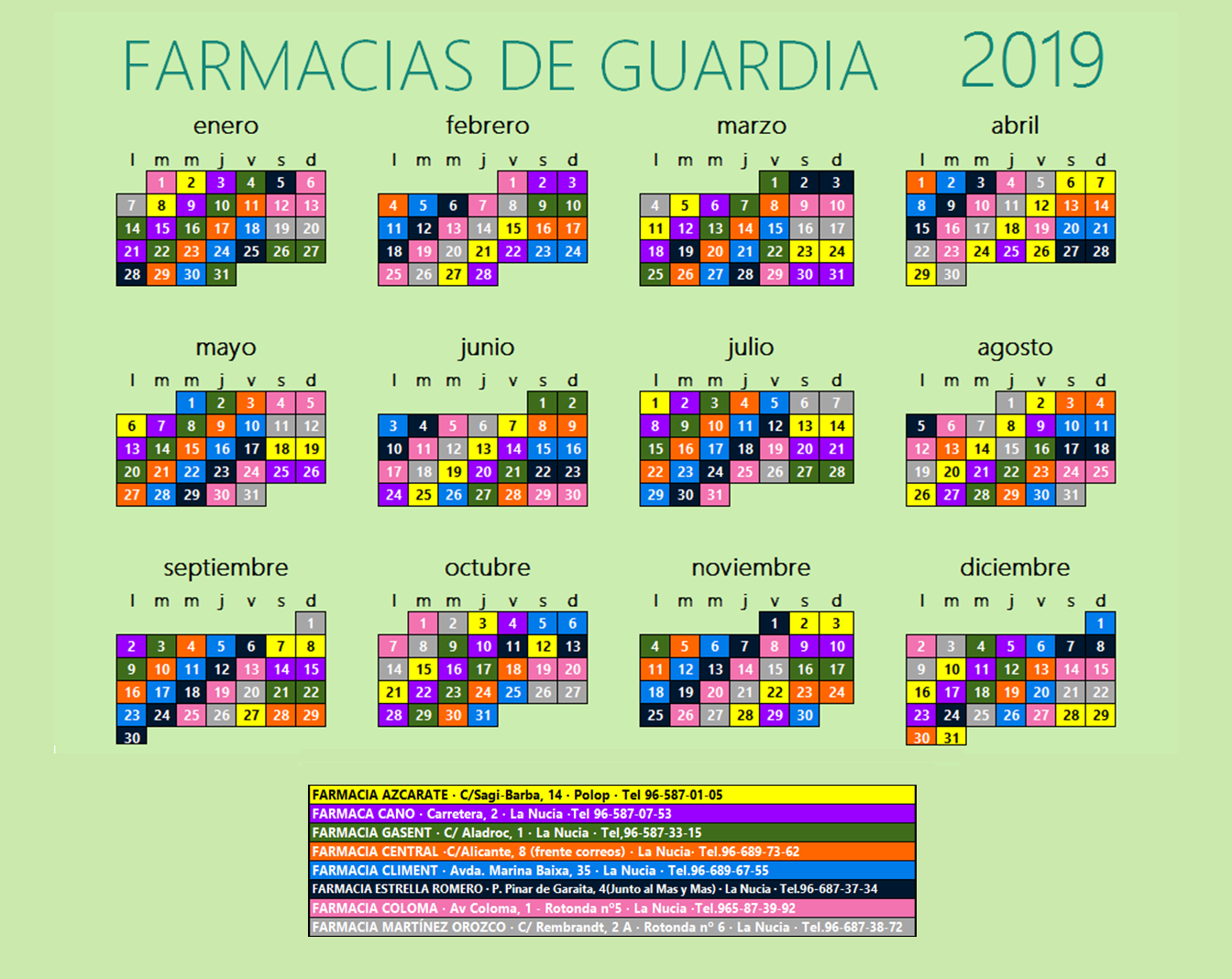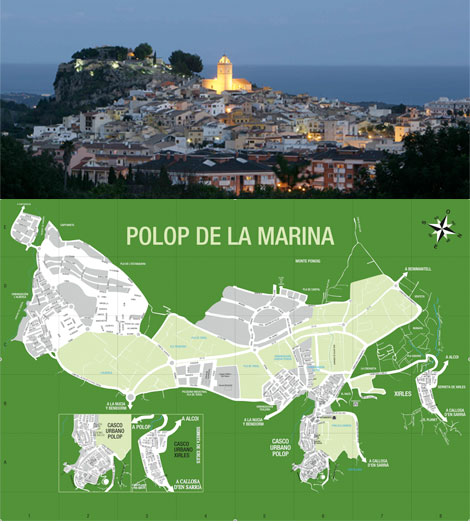Publicado en el BOP el nuevo nombramiento de personal eventual de apoyo.
Actualizado el tablón de anuncios con la publicación en el BOP del nuevo nombramiento de personal eventual de apoyo.
Pinche AQUÍ para descargarse el fichero pdf.
Pinche AQUÍ para ir al tablón de anuncios.


